A salon explores the legacies of the ancient trade routes that connected China with the West to discern what they mean for our world today and tomorrow, Erik Nilsson reports in Xi'an.
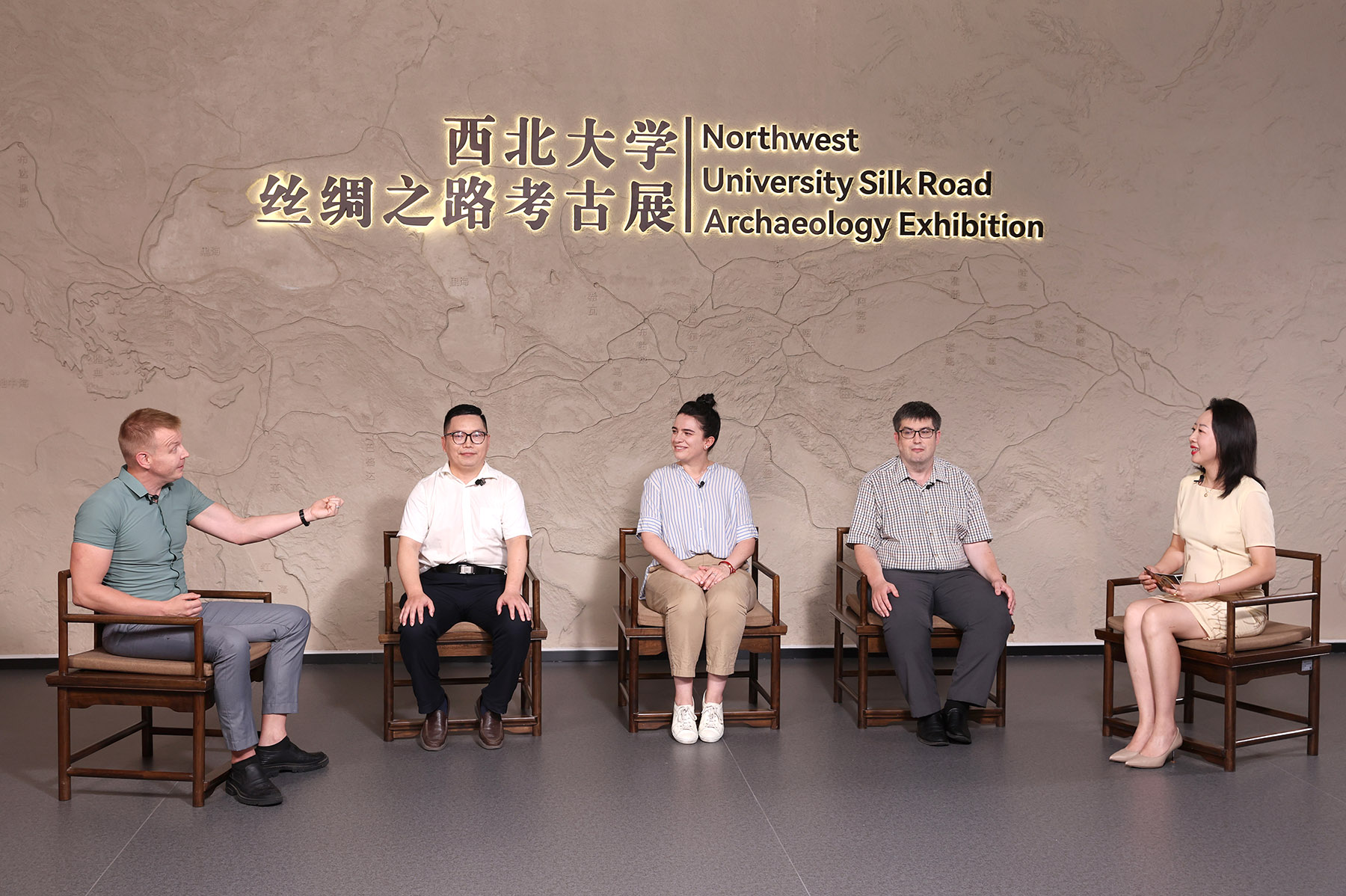
Italian archaeologist Marcella Festa surprised fellow participants of a recent salon about the Silk Road when asked to name the one artifact that she believes best epitomizes the trade route.
Her answer? Camels.
"It reminds us that the Silk Road is not made of objects. It's made of living beings," says the associate professor at the School of Cultural Heritage of Northwest University in Xi'an, Shaanxi province.
Indeed, these creatures have, perhaps as much as silk itself, become synonymous with the intercontinental transport network that flourished for millennia. They literally served as the vehicles for trade and exchange that shaped the routes and, ultimately, the world beyond.
READ MORE: Diversity powers ancient Silk Road hub's modern development
"The Silk Road would not be possible without humans meeting each other, without animals carrying things. So, it's a good reminder for us to not just look at the objects, which are very beautiful and very significant in terms of history and artistic value, but also people — how people lived, why did they meet, how they met — because these are the aspects that actually built the Silk Road."
Festa joined two other academics from Northwest University: School of Foreign Languages associate professor Briton Robin Gilbank and Xi Huidong, deputy dean of the Institute of Silk Road Studies, as well as two moderators from China Daily.
The discussion unfolded amid the 10th anniversary of the inscription of "Silk Roads: the Routes Network of Chang'an-Tianshan Corridor" on the UNESCO World Heritage List.
This particular section is part of what Xi calls the "yellow route "that passed through the deserts and oases of central and western Asia and northern Africa to connect China with Europe.
That is, as opposed to the "green route" or the steppe route through Mongolia, Central Asia, Russia and Eastern Europe; the "blue" Maritime Silk Road through the South China Sea and Indian Ocean; and the "gray route" or the alpine-canyon route through China's Tibet, or Nepal or Myanmar.
"Silk was not only a commodity but also a medium of exchange between different regions and different ethnic groups," Xi says.
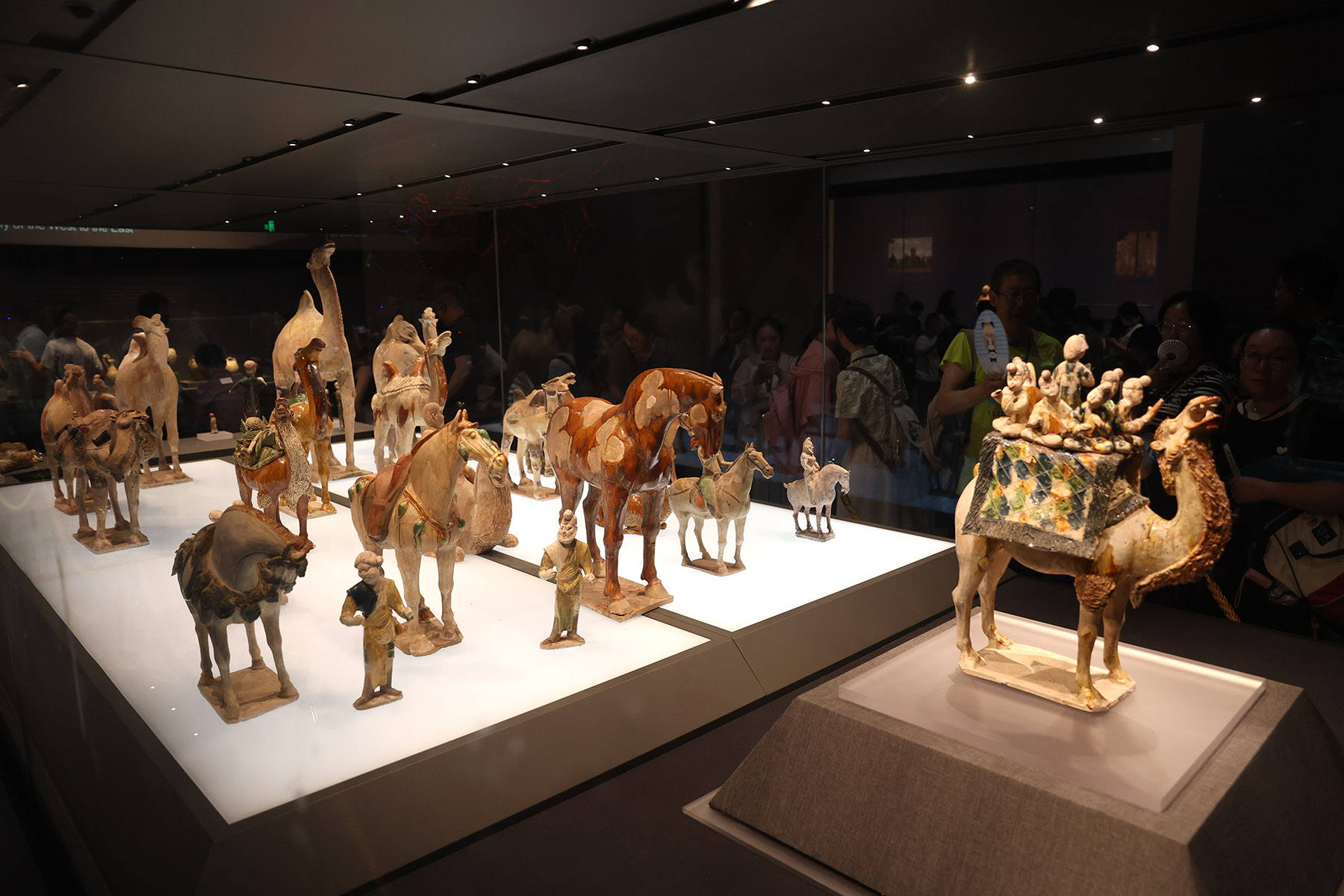
Gilbank points out that the material was — and still is, to an extent — a luxury item.
"A lot of these things which come via the Silk Road initially had high cultural or monetary value attached to them," Gilbank says.
"But actually, as time went on, as the volume increased, it became more readily available. So, I think it's about participation. People want to have a piece of the action or a piece of the pie, so to speak, or a piece of the silk."
Porcelain was another status symbol that headed westward from China.
"The secrets of porcelain-making were not known until, I think, the 1700s in England. We have our glazed wares, which were originally used for tea, but then we really coveted the secrets of china-making," Gilbank says.
"It's kind of bound up the name of the country and the commodity. We think of China and we think of china, as well as just tea."
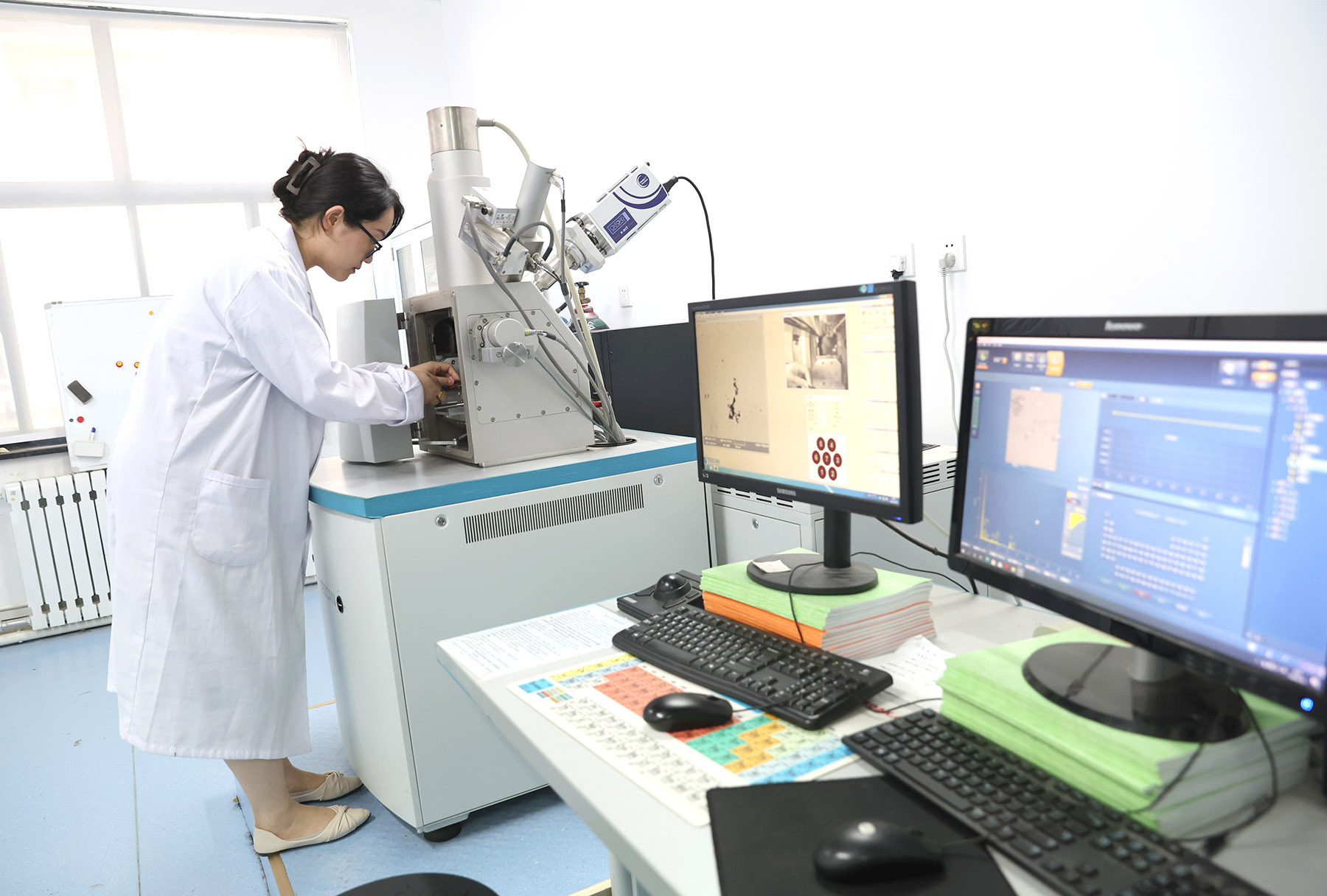
Nourishing exchanges
Beyond beverages, panelists agreed that it's not just such tableware but also the foods that grace them that nourish the Silk Road's legacy.
"So, I would say the Silk Road is still like those mediums of connections, not just in terms of space but also in terms of time, because we still use them today," Festa says.
She points to such spices as cinnamon from Sri Lanka and peppercorns from India, and fruits like apricots from China, as foodstuffs that were initially exported along the Silk Road and are now enjoyed by people around the world.
"We have also the transportation of cereals … wheat from, let's say, the West to the East, as well as millet from the East to the West," she says.
This generated some of the most celebrated delicacies in Xi'an, then called Chang'an, which served as the capital of 13 dynasties and a starting point of the Silk Road.
"The gift of the Silk Road became the most favorite Shaanxi dish. So, it's a very vivid example," Xi says.
"The most famous Shaanxi dish is yangrou paomo or niurou paomo, which means beef or lamb stew with bread."
He points out that cattle, sheep and goats, as well as wheat, were introduced to China from western Asia about 4,500 years ago.
These livestock also provided meat for kebabs, which came from Persia, he says.
"Also, northern China, especially this region, is very famous for the noodles usually made from wheat flour," Gilbank says.
Xi says: "The 'yellow route' enabled the invention of naan bread as we have it now."
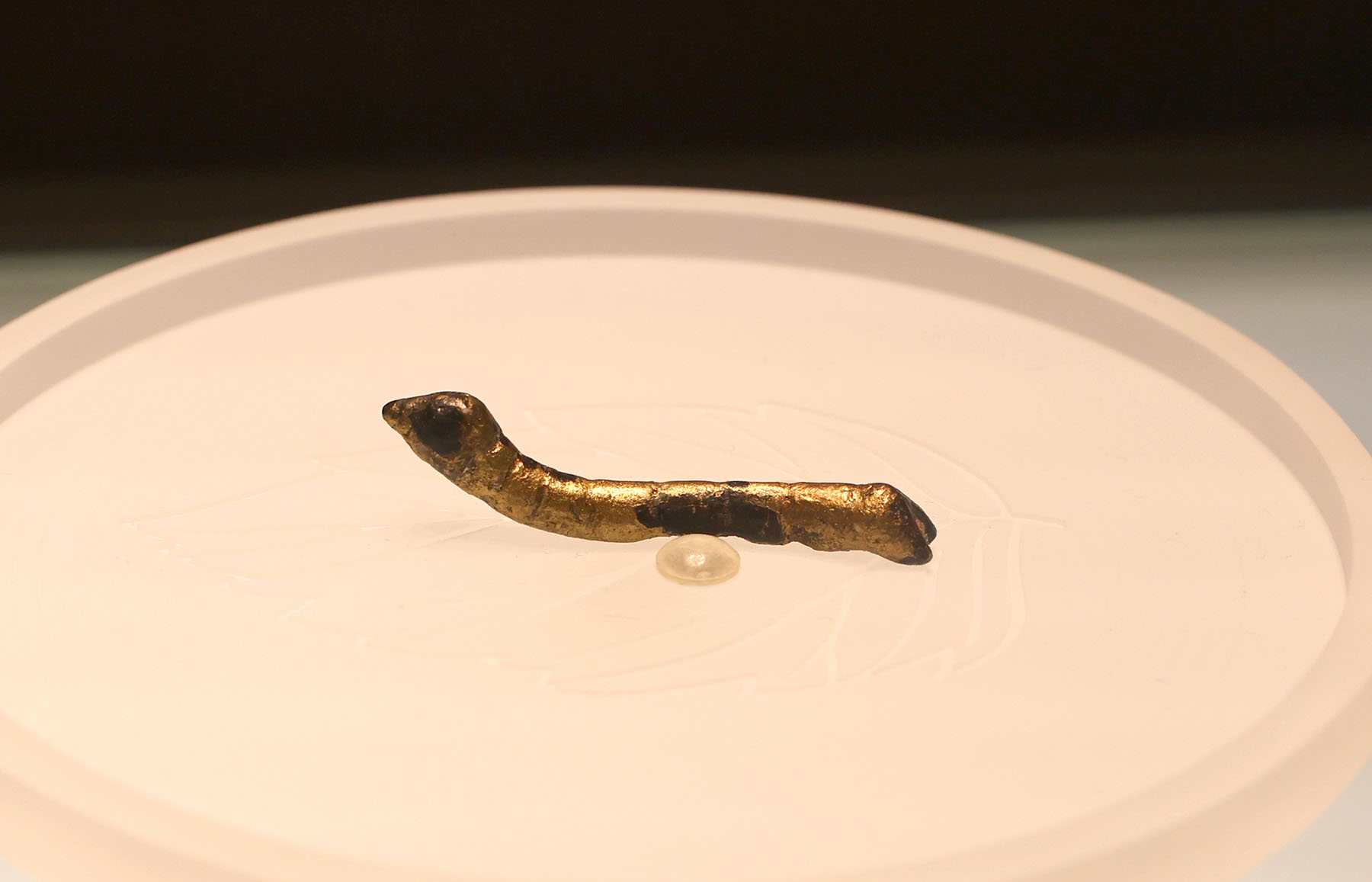
A moderator pointed out that naan was specifically developed for the Silk Road because it doesn't spoil easily, especially in arid climates. So, there were caravans of camels with heaps of naan the size of manhole covers jiggling atop their humps, as they plodded atop desert dunes.
Speaking of grains, Festa points out: "There is also this discussion of a myth between China and Italy on the origin of pasta, whether the pasta really originated from the noodles that Marco Polo brought to Italy," Festa says.
This legend is seemingly disproven.
But the very fact that it's widely believed testifies to the "spirit of the Silk Road", she says.
"It says that we really are like one big community. Our basic needs are the same. And taste could be shared knowledge. The spirit of the Silk Road in the past as well as the present is … appreciation for cultural diversity and knowledge sharing."
This year marks the 700th anniversary of the explorer's death.
"Marco Polo has become my best friend since I moved to China," Festa says, laughing.
"I think that Marco Polo actually represents very well the idea of both the importance of writing but also the importance of people-to-people exchanges.
"Italian kids, even today, learn about China from Marco Polo's book. What I personally do appreciate about the book is not just the content itself but the perspective. Marco Polo went to travel through the Silk Road and reached China with an open mind, with this willingness to learn and to take in and share information."
That said, he couldn't have produced his famous travelogue without technologies disseminated along the Silk Road.
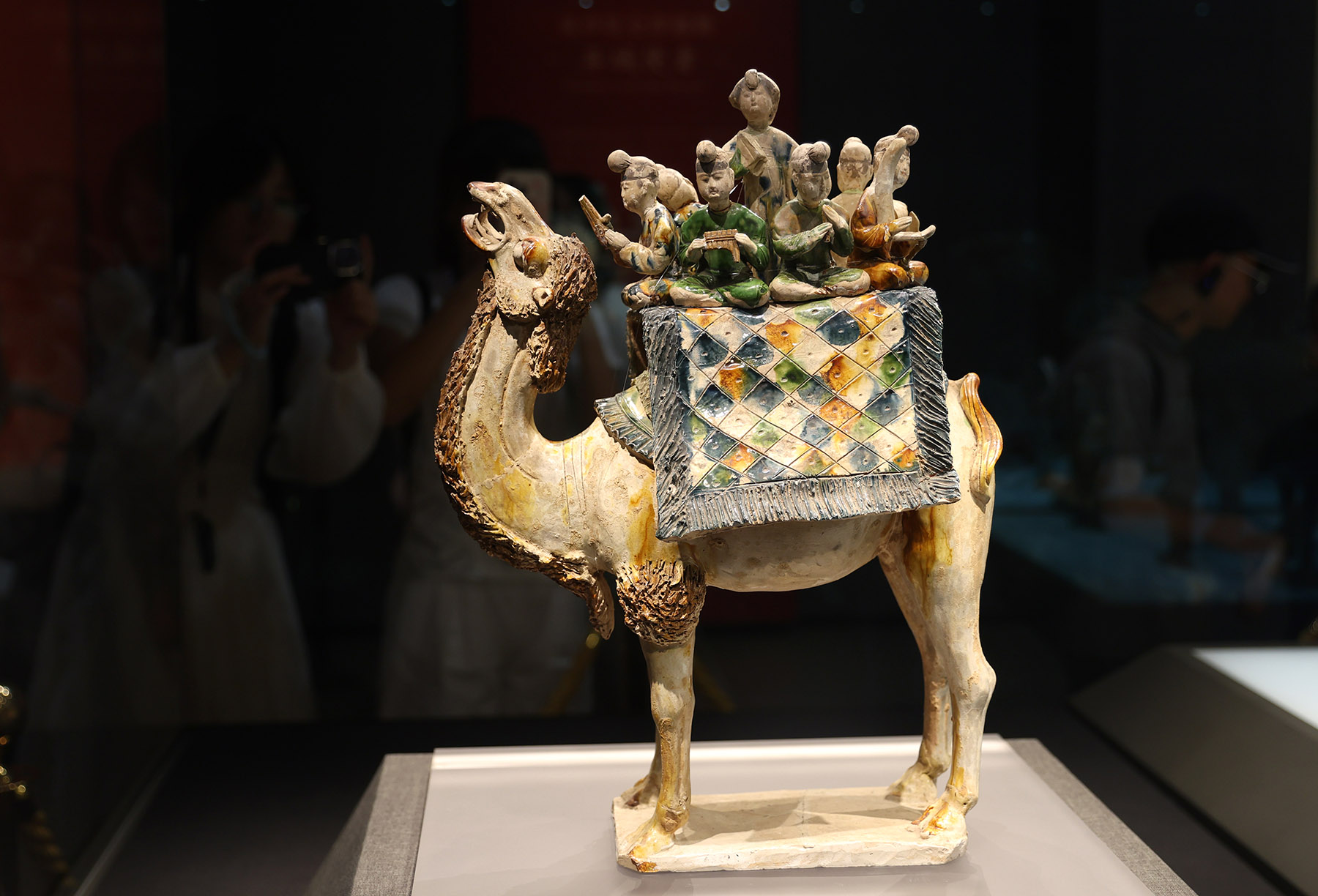
Tech transfers
Xi explains that Chinese invented paper 2,000 years ago. Papermaking technology was introduced to Central Asia in the 8th century and arrived in Europe around the 12th century.
"Europeans could make paper through the introduction of papermaking technology by Arabs. So, it changed the historical process of Europe because papermaking technology made knowledge dissemination possible at reduced costs and broke the monopoly of knowledge by nobles and clerks," he says.
"So everybody can learn knowledge through paper. Before that, parchment was the main document (medium) in Europe. But it was very expensive."
Gilbank points out that movable type was not just a complementary, but also a comparably revolutionary, innovation.
"The conjunction of those two things was what really moved us into the early modern world," he says.
Xi points out that not only the printed word but also language itself traveled along the route.
"We also have a very famous proverb in Shaanxi dialect. We say kelimacha, which means, 'make it snappy'," Xi says. "Actually, it's a Persian word that we borrowed from the Silk Road, and it was introduced to the Shaanxi dialect 1,000 years ago."
He explains that China received technologies, such as bronze and gold forging, which came from western Asia 4 millennia ago, glassware that came from the Mediterranean world 2,000 years ago and terracotta sculpting from ancient Greece.
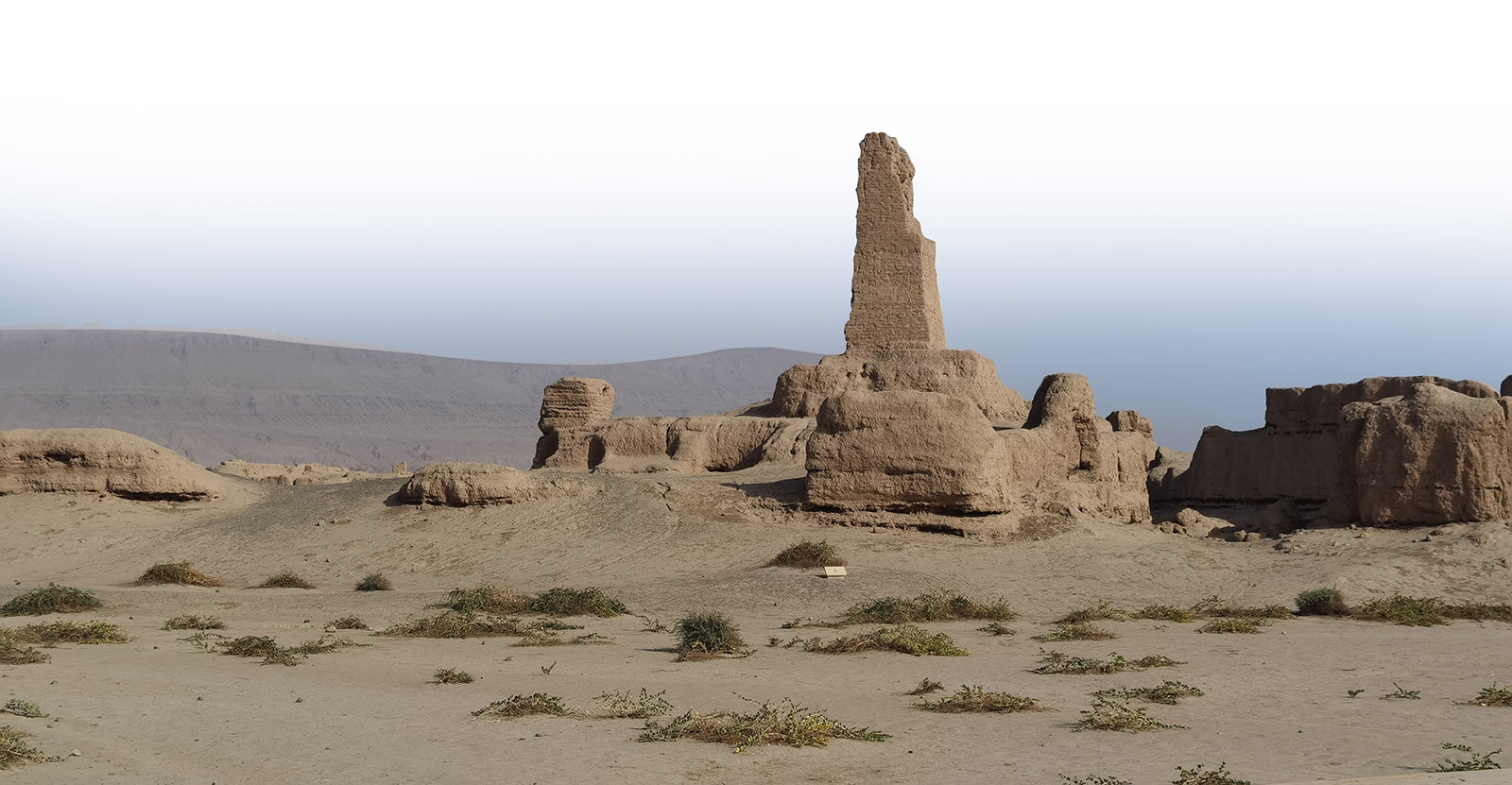
Similar techniques were also seen to shape Xi'an's Terracotta Warriors during China's Qin Dynasty (221-206 BC). Today, armies of tourists from around the globe march to Xi'an to see these world wonders.
And other echoes of the metropolis' Silk Road legacy remain, panelists agree.
Gilbank hails a tourism industry that celebrates the "golden age" of the Tang Dynasty (618-907).
"Every day, if you go … on the city streets or on the metro, you will almost always see young women dressed in that (period's) style," Gilbank says.
ALSO READ: Sands of time reveal secrets
Festa says Xi'an continues to blend the old and new.
"You have the opportunity to eat very traditional food," she says. "But at the same time, you also feel the new, the rush of modern life."
Xi says he's happy to have moved from Central China to the northwestern metropolis.
"It witnesses the multi-civilizational exchanges of the human world," he says. "But it also witnesses the Silk Road spirit, which is peace and cooperation, openness and inclusiveness, mutual learning and mutual benefit. So, I love Xi'an."
Contact the writer at erik_nilsson@chinadaily.com.cn


